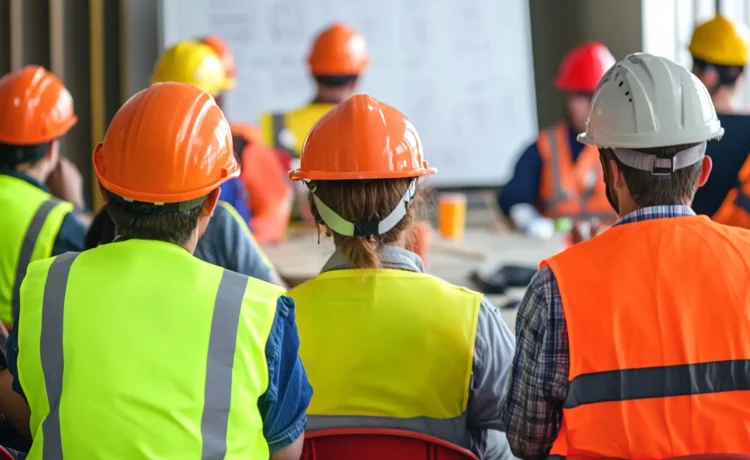Construction remains one of the most high-risk industries in Australia, but with the right safety practices, we can protect workers, boost productivity, and keep projects on schedule. As technology and regulations evolve, so too should our approach to safety. Here are the top 10 construction site safety tips for 2025 that every site manager and worker should keep top of mind.
Embrace Wearable Safety Technology
Smart helmets, vests, and glasses are becoming more prevalent across Australian worksites. These devices can monitor vital signs, detect falls, and even provide real-time data to supervisors. In 2025, adopting these wearables is more than a bonus—it’s fast becoming an industry standard.
Prioritise Site Inductions and Ongoing Training
Every worker should undergo a thorough site induction, regardless of experience. As equipment, materials, and site layouts evolve, regular training ensures everyone stays up to date with best practices and safety protocols.
Invest in Mental Health Awareness
Worksite safety isn’t just physical. Mental health plays a critical role in overall safety. Offering support services, encouraging open dialogue, and fostering a positive site culture can help reduce stress-related incidents and promote overall wellbeing.
Keep Equipment Well-Maintained
Whether it’s a crane, scaffolding, or power tool, all equipment must be maintained regularly and inspected before use. Faulty equipment is one of the leading causes of onsite injuries—and completely preventable.
Utilise Clear Signage and Barriers
Proper signage alerts workers to potential hazards, while physical barriers help prevent unauthorised access to dangerous zones. In 2025, sites are increasingly adopting digital signage that updates in real time.
Improve Communication Channels
Clear, fast communication can be lifesaving in high-risk environments. Equip workers with radios or mobile devices and ensure everyone is aware of emergency response protocols. Strong communication also builds better teamwork.
Know How to Manage Heavy Loads Safely
Whether using cranes or manual lifting methods, understanding the dynamics of load movement is vital. Many workers ask, how does concrete lifting work? — and rightly so. Proper technique, planning, and machinery are essential to prevent accidents and structural damage.
Conduct Regular Risk Assessments
A safe worksite starts with a thorough understanding of its risks. Regularly assess hazards—especially when new equipment is brought in or the scope of work changes. Make sure risk assessments are documented and shared with the team.
Ensure Proper PPE Is Worn—Always
It might sound basic, but personal protective equipment is one of the most overlooked safety measures. Ensure high-vis clothing, helmets, gloves, goggles, and boots are worn consistently and replaced when damaged.
Promote a ‘Safety First’ Culture
Rules and equipment matter, but culture is everything. Encourage workers to speak up about unsafe conditions, reward good safety practices, and lead by example. In 2025, the safest sites are those where safety is embedded in every decision.
Construction site safety isn’t just about ticking boxes—it’s about looking after people
As we move further into 2025, prioritising safety with a forward-thinking mindset is essential. Whether it’s understanding how concrete lifting works, investing in smart gear, or reinforcing a strong safety culture, every step counts. Let’s build a safer, smarter future—one site at a time.






